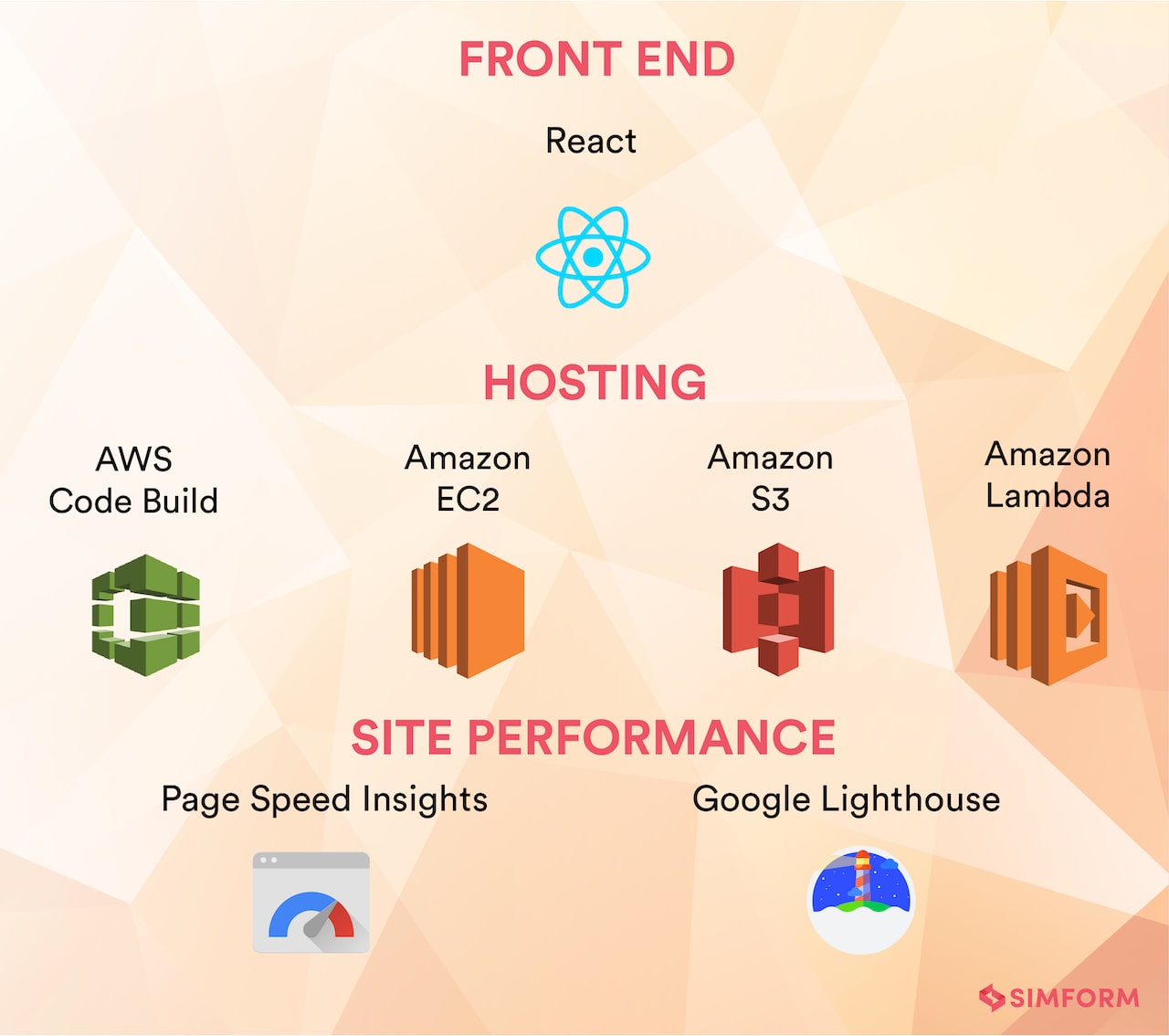
Before You Break Everything: What Actually Needs Checking
Look, React 19 isn't some magical upgrade that just works. The official migration guide makes it sound like a pleasant afternoon with a cup of tea, but you're going to spend your weekend debugging TypeScript errors that make no sense and wondering why you didn't become a plumber instead.
Check If Your App Is Gonna Break
First, upgrade to React 18.3 - it adds warnings for stuff that'll explode in React 19. Yeah, it's an extra step, but trust me on this one. I learned this the hard way after spending 3 hours wondering why my modals stopped working.
Node.js bullshit to deal with:
- You need Node 16+ minimum (18+ if you want to avoid weird errors)
- If you're still on Node 14, upgrade that first or you'll hate your life
- TypeScript 4.7+ - older versions will throw fits about useRef changes
Dependencies That Will Definitely Break

React 19 cracked down hard on libraries that were hacking React internals. If you're using any of these, budget extra time:
Libraries that always cause problems:
- React Router - needs v6.8+ or your routing dies
- Styled Components - v5.3.6+ or prepare for ref forwarding hell
- Redux Toolkit - older versions choke on concurrent rendering
- Emotion - check your version or CSS-in-JS will break
- Formik - notorious for using React internals, check latest version
- React Hook Form - usually fine, but verify compatibility
Run npm ls and pray none of your dependencies are using SECRET_INTERNALS_DO_NOT_USE_OR_YOU_WILL_BE_FIRED. Yes, that's a real fucking API name. React devs have a sense of humor, we have headaches.
JSX Transform: The Thing Everyone Forgets
React 19 requires the new JSX transform. Been around since 2020, but half of you probably never enabled it. You'll know if you forgot because React will politely tell you:
Your app is using an outdated JSX transform. Update to the modern JSX transform for faster performance
Fix it in your bundler config:
// Webpack/Babel users
{
"presets": [
["@babel/preset-react", { "runtime": "automatic" }]
]
}
// Vite users (you lucky bastards)
export default {
esbuild: {
jsx: 'automatic'
}
}
// Next.js users
// Nothing to do - it's been automatic since v11
Backup Your Shit
I'm serious about this. Create a git branch, backup your database if you're using React Server Components, and test everything in staging first.
Don't be the engineer who YOLOs a React upgrade to production on Friday afternoon. Set up a proper staging environment that matches your production setup.
Time reality check: Plan for 1-2 days of prep work, which in real developer time means 3-4 days because you'll find weird edge cases in your Webpack config, discover your CI is running Node 14, and spend an hour figuring out why your Docker build is failing.
Pro tip: If you're on Webpack 4, just don't. Seriously. Upgrade to Webpack 5 first or you'll spend a week debugging module resolution errors that make zero sense. Trust me, I've been there.
And yeah, you're gonna have questions. Everyone does.
Additional resources: React DevTools, Bundle Analyzer, React 19 FAQ, TypeScript Migration Guide, Vite Migration Guide.




